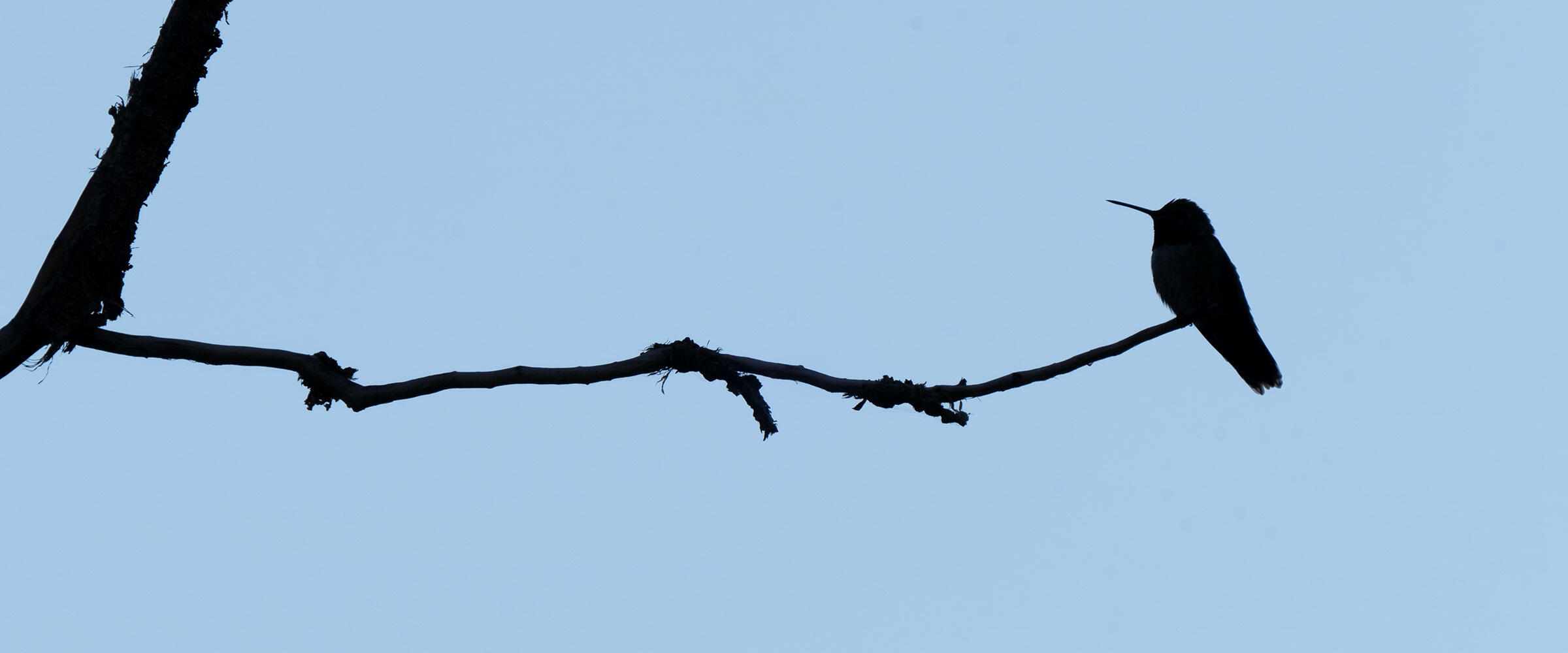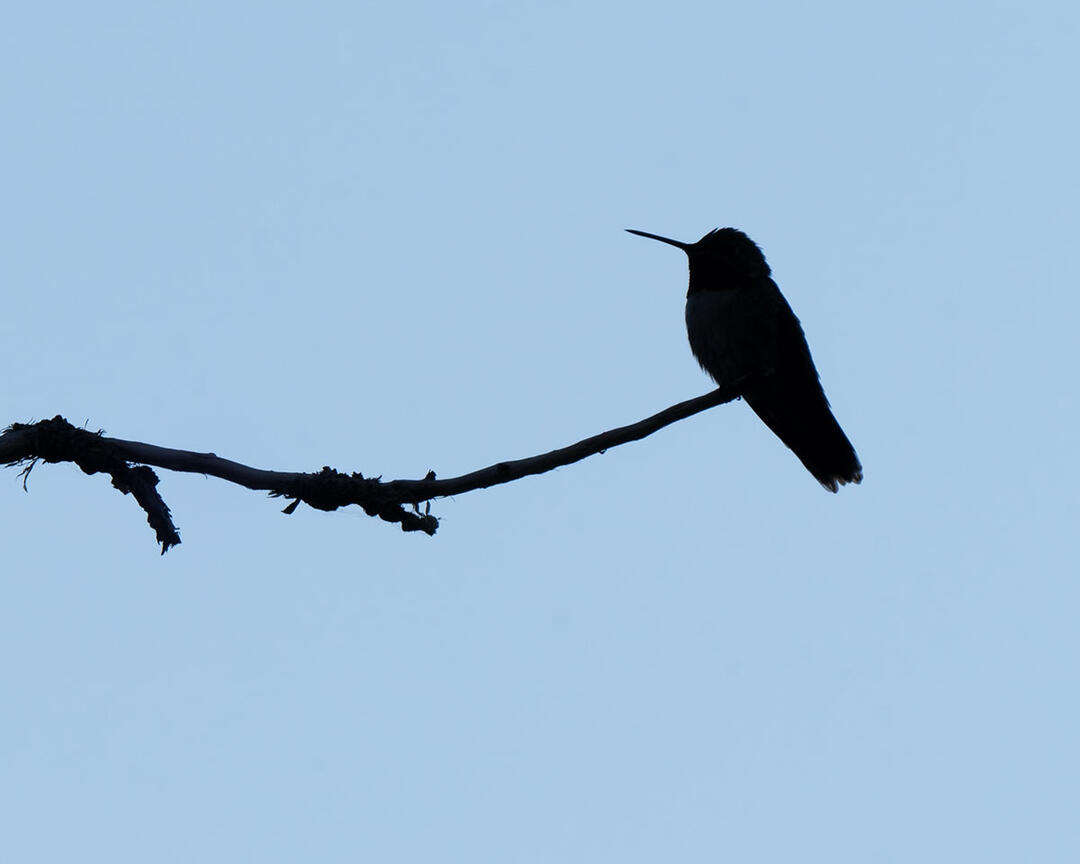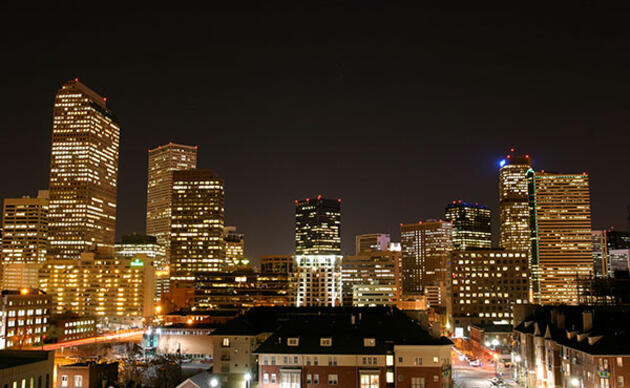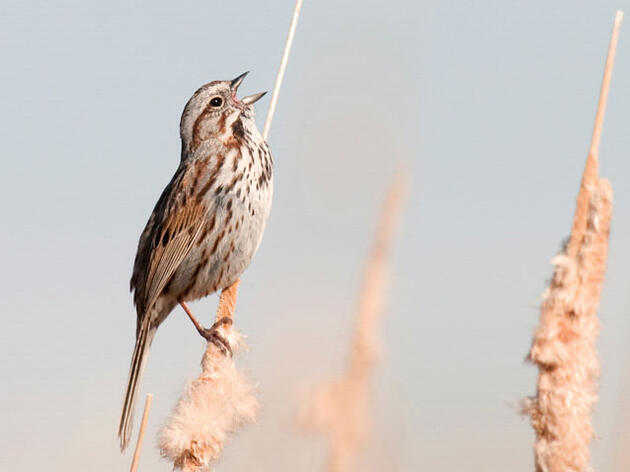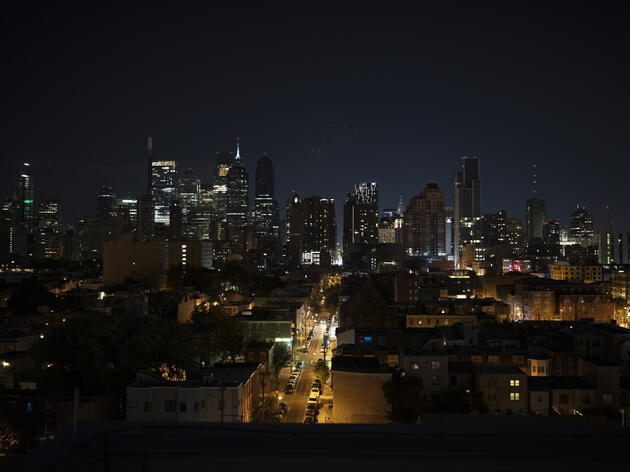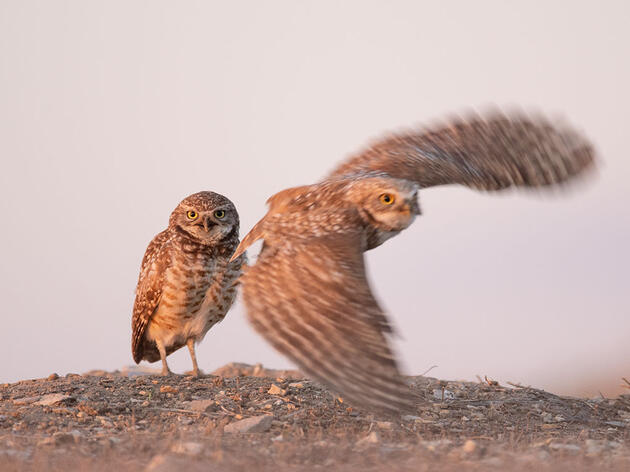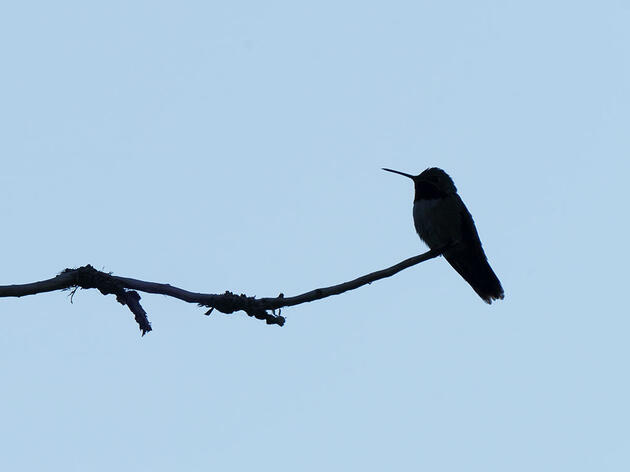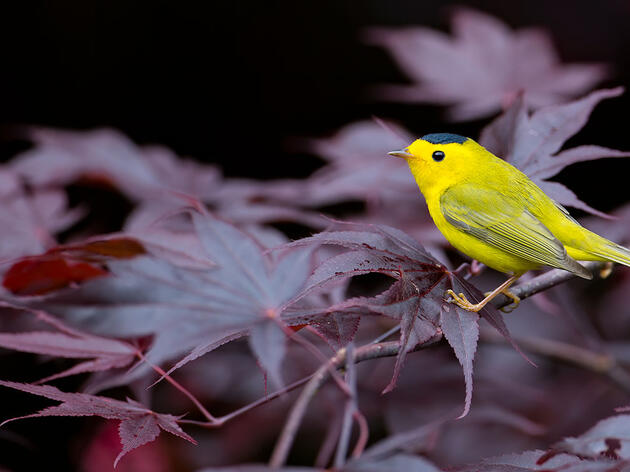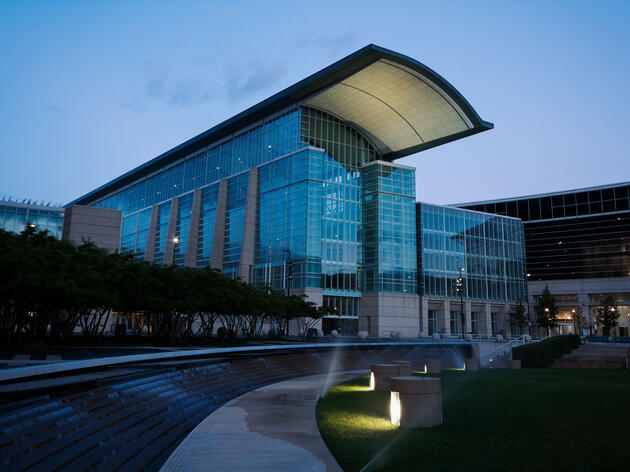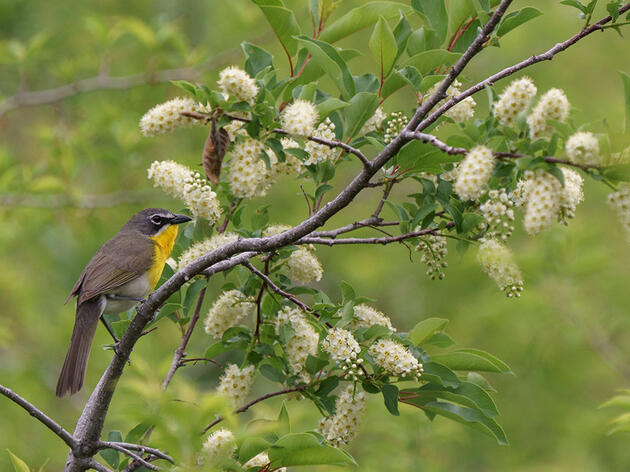Every year in North America, more than 3.5 billion birds move north in the spring and 4 billion birds fly south in the fall. More than 80 percent of them travel at night, navigating with the night sky. However, as they pass over towns and cities on their way, many become disoriented by bright artificial lights and skyglow.
While lights can cause birds to collide with buildings and windows, bird fatalities are more directly caused by the amount of energy the birds waste flying around in confusion. The exhaustion can then leave them vulnerable to other urban threats and deplete their energy reserves needed for surviving migration and producing chicks in subsequent breeding seasons.
Light pollution affects dozens of species, including those we have identified as most in need of and most likely to benefit from our help, such as the Burrowing Owl, Yellow-billed Cuckoo, and Grasshopper Sparrow.
Just one building can cause major problems for birds. For example, within one week in 2017, nearly 400 songbirds were caught in the floodlights of a 32-story Texas skyscraper and killed via window collisions.
Audubon’s Lights Out program is a national effort to reduce this problem. The strategy is simple: by convincing building owners and managers to turn off excess lighting during the months migrating birds are flying overhead, we help provide them safe passage between their nesting and wintering grounds.
Here are ways you can contribute to the Lights Out solution:
- Turn off exterior decorative lighting.
- Reduce atrium lighting wherever possible.
- Turn off interior lighting, especially on higher stories.
- Switch to task and area lighting for workers staying late or cover the windows.
- Use shielding and aiming so that no light is emitted upwards.
- Install automatic motion sensors and controls wherever possible.
- When converting to new lighting, assess the quality and quantity of light needed and avoid over-lighting with newer, brighter technology.
Learn more and educate your students or children in this PDF.
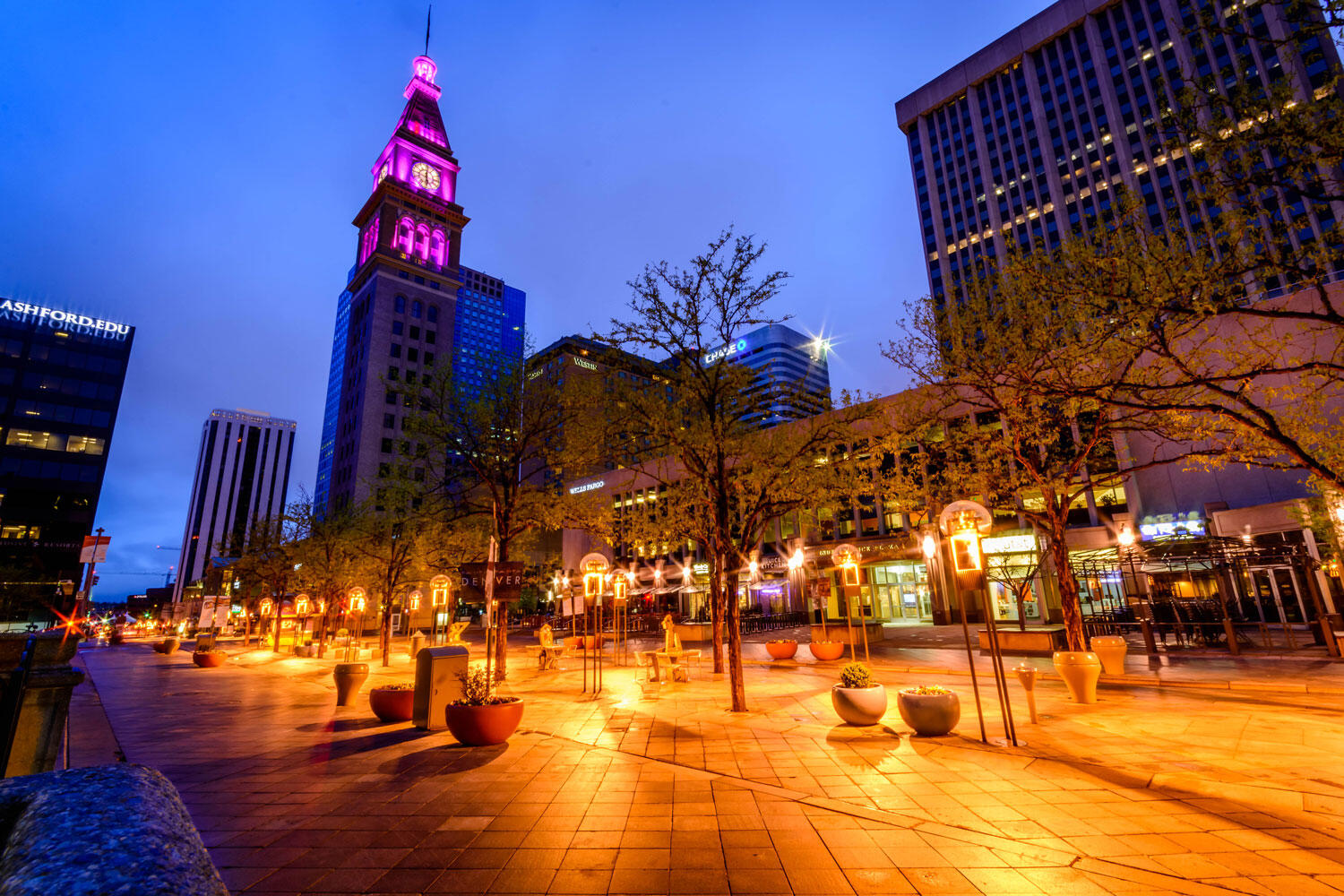
Turning off bright lights across the Front Range and Wasatch Front helps birds move on within minutes, as discovered by the Cornell Lab of Ornithology and New York City Audubon during the annual 9/11 memorial in New York City. Hundreds of birds are caught in the memorial’s beams every year but turning them off for just 20 to 30 minutes at a time greatly reduces the density of birds in the area.
Taking more steps to decrease the amount of light our buildings emit minimizes unnecessary bird deaths, prioritizes human safety, saves money by reducing energy consumption, and supports your or your organization’s sustainability goals. Moreover, taking these kinds of initiatives to protect birds can even earn you recognition for green and bird-friendly practices.
To learn about local efforts, visit Lights Out Colorado, Lights Out Denver, and Lights Out Salt Lake.
Priority Birds
Articles and Resources

Denver skyline. Photo: Dag Peak/Flickr (CC BY 2.0)
Save Migratory Birds
Contact your elected officials and building managers to help save millions of birds.

